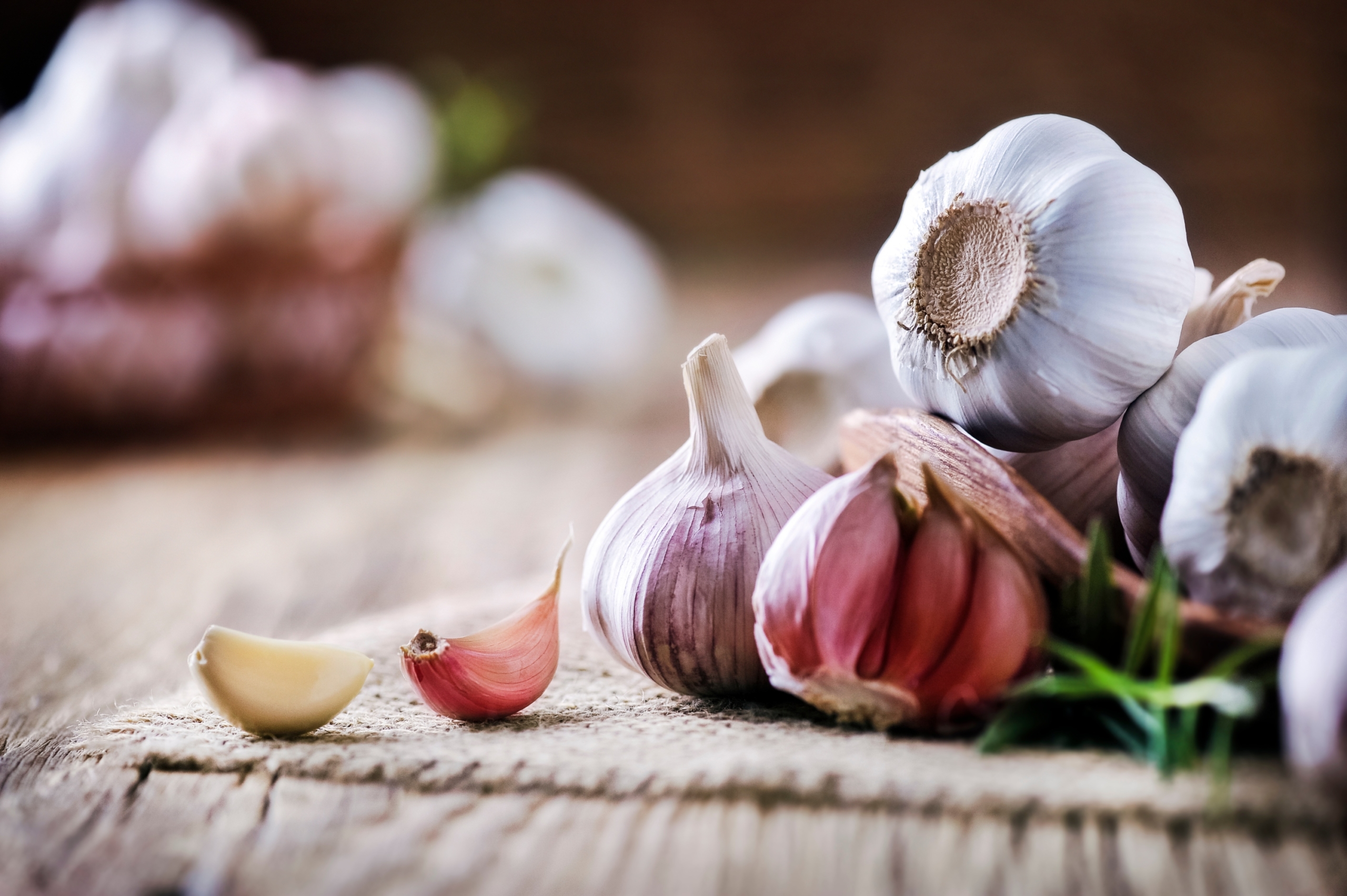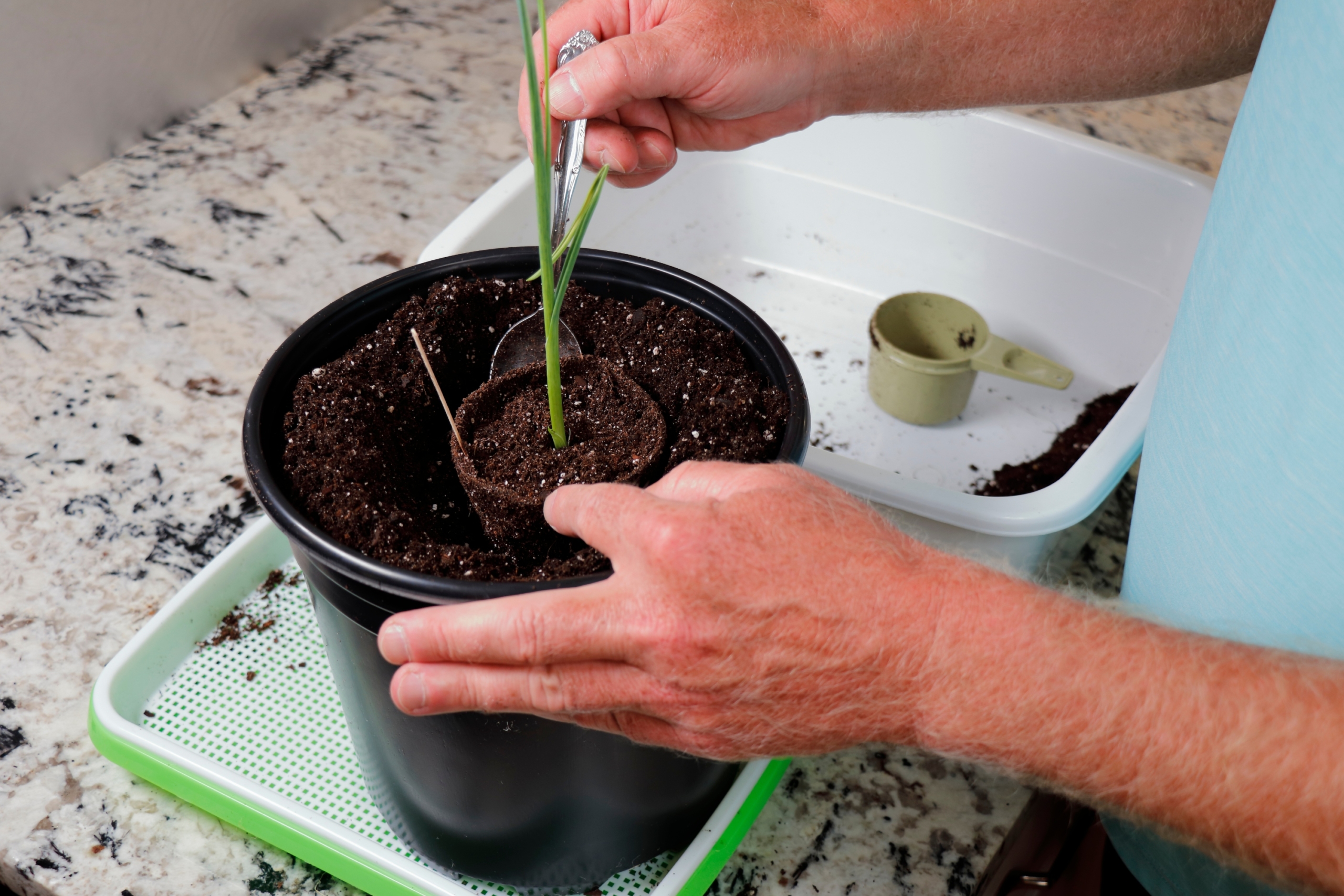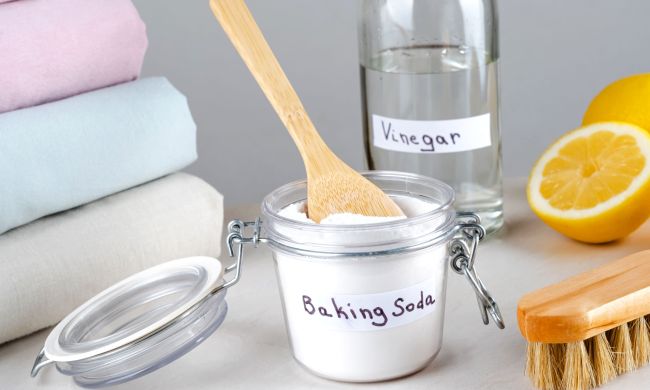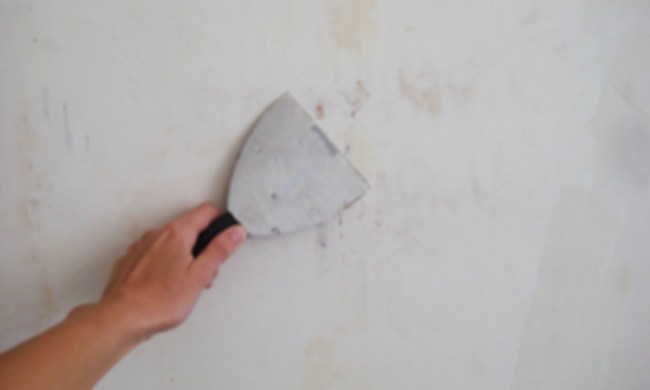For some people, having an outdoor garden just isn’t practical. Whether you lack the space or lack proper soil, there’s no reason you should refrain from growing garlic at home.
Garlic is a hardy plant that thrives when planted in the fall. While it can take quite some time to grow, it has become a popular plant to grow indoors. What makes garlic challenging to grow indoors is that the plant needs regular watering over a long period of time.
We will cover exactly how to grow garlic in pots while also offering tips and tricks on reaping a good harvest.
Benefits of growing garlic indoors
The main benefit of growing garlic indoors is that you will have more control over your plant. Elements and weather outside can ruin a crop if you’re not careful. For those of us who lack green thumbs, growing garlic inside is a great idea!
When growing garlic indoors, you can control the amount of water and direct sunlight that the plant gets. Of course, this means that the pressure is on you to ensure your plant gets all of the proper elements for growth.
In time, another benefit to growing garlic indoors is that you will be able to grow it year-round if you’d like. Since you control the exposure of sunlight and water for your plant, you can eventually learn how to grow it out of season, thus having your own garlic supply throughout the year without the need to purchase storebought garlic.
What to look out for
There are a few things to consider when planting garlic indoors. While many factors go into planting and harvesting a healthy garlic crop, we have covered some essential facts below.
A large pot
First, you’ll want to make sure that you have a large container. If you plan to grow your bulbs individually, plan on using a pot that is at least six inches deep. A larger pot allows for more moisture to be collected without the soil becoming too soggy.
It’s also important to look for a pot with good drainage. Pots that do not have drainage holes and self-watering pots are not ideal for garlic. The soil becomes too soggy and can cause root rot on the plant, which can ruin the crop.
Lots of water
As mentioned above, garlic needs a fair bit of water to grow. The soil should be moist to the touch. If the top of the soil is dry, you may need to water your garlic plant. Of course, overwatering is also a predicament often seen when growing garlic. Finding the balance can be tricky. This may discourage new garlic growers.
Six hours of direct sunlight
It’s recommended that garlic has at least six hours of direct sunlight a day. South- and west-facing windows are an excellent place for your garlic pot. Since you control every factor of your plant’s growth, it’s up to you to make sure that your garlic pot is well positioned to receive six hours of sunlight a day.
Do not use storebought garlic
Storebought garlic often comes with special chemicals and pesticides that prevent the garlic bulbs from growing. While it may work in some cases, it’s best to buy garlic bulbs from the local farmer’s market or nursery. However, you can also purchase garlic bulbs online for your indoor garden!
How to grow garlic indoors
What you’ll need:
- Garden trowel
- Watering can
- Large pot with good drainage
- Potting mix
- Garlic cloves
- Slow-release fertilizer (optional)
The best time to plant garlic indoors is in the fall between September and November. Here’s the best way to plant:
- Fill your large pot with potting soil until it’s at least three inches deep. If your potting soil doesn’t already include fertilizer, this is when you’ll also mix in some slow-release fertilizer.
- Take your garlic bulb and divide the cloves from one another. Be careful! The cloves can sometimes break, which will hinder their growth.
- Place your cloves in the soil at least three inches apart from one another. You’ll want to put them in the pot with the pointy end facing up as that is where your garlic will sprout.
- Cover the cloves with soil. Warmer climates can lay about an inch of soil on top, while colder climates are recommended to cover the cloves with two inches. Since you’ll be growing your garlic indoors, this step does not necessarily need to be precise. So long as your cloves are covered by an inch or so of soil, you’ll be fine.
- Pat the soil on top to make it firm, and then place your pot near a window that gets at least six hours of natural light.
- Water the soil, and be sure to keep monitoring it throughout the winter. You should see sprouting in the spring. Make sure the soil stays moist but not soggy.
Tips and final thoughts
Your garlic will be ready to harvest in mid-summer. A promising sign that your garlic is ready to be collected is when the leaves begin turning yellow. To harvest your garlic, be sure to dig into the soil to pull the bulb out. Yanking the bulb by the stem can ruin your garlic.
Once the garlic is out of the pot, shake off any loose dirt. Hang or set aside your garlic to dry. You’ll know it’s completely dried out when the garlic bulb begins to flake. Gently separate the stem and roots from the bulb and store your garlic in a cool, dry place.





